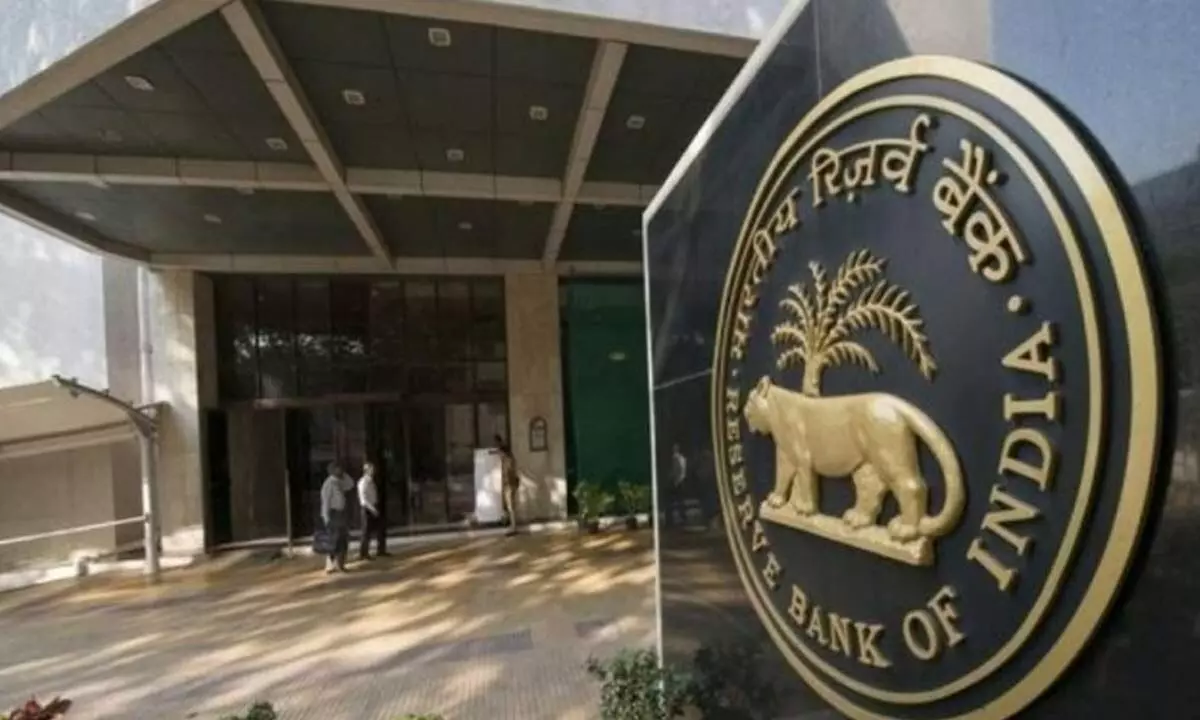India remains world economy’s beacon of hope
The Reserve Bank of India’s growth projection of 6.5 per cent for this fiscal, slightly more than its earlier estimate of 6.4 per cent, is in line with the general bullish sentiment about the country’s economic expansion.
image for illustrative purpose

The Reserve Bank of India’s growth projection of 6.5 per cent for this fiscal, slightly more than its earlier estimate of 6.4 per cent, is in line with the general bullish sentiment about the country’s economic expansion. This looks even more impressive when seen in the context of the global economy, which, according to IMF, is expected to grow less than three per cent this calendar year, down from 3.4 per cent in 2022. The Asian Development Bank’s (ADB’s) estimate about India’s gross domestic product (GDP) is even better—6.7 per cent for FY24 as it will be “driven by private investment and consumption on the back of government policies to improve transport infrastructure, logistics and the business ecosystem.” The World Bank maintained that “India is still going to be one of the fastest-growing economies in the world.” This is despite the fact that the bank downwardly revised its GDP forecast for the current fiscal to 6.3 per cent from 6.6 per cent (made in December 2022). It is indisputable that the economy has slowed down in the recent past, though the situation is not as bad as one feared. The Covid-induced lockdowns disrupted the supply chains, causing huge losses to businesses and employments. Even as the Indian economy, like elsewhere, was on the recovery path, the Ukraine was has badly hurt the recovery. Yet, the World Bank is of the view that India’s economy would remain resilient despite some signs of moderation in growth in the second half of the last fiscal. These estimates are certain to delight the Narendra Modi government and BJP leaders.
RBI Governor Shaktikanta Das’s statement, after the decision of the Monetary Policy Committee (MPC) to pause the repo rate at 6.5 per cent, emphasized “the broadening of economic activity, the expected moderation in inflation, the fiscal consolidation with focus on capital spending; the significant narrowing of the current account deficit to more sustainable levels, and the comfortable level of foreign exchange reserves.” These, according to him, will further bolster India’s macroeconomic stability. Besides, a number of reforms have already been initiated: GST implementation is done with, good results are coming in; direct tax collection is also buoyant, the mop-up for the last fiscal being far more than the revised estimates; infrastructure development is the major focus area; welfare measures like PM-Kisan and NREGS are being streamlined, with technology removing ineligible beneficiaries; technology is also being promoted in agriculture and dairy; start-ups are being promoted, and unicorns are emerging fast; and the government is keen on privatization.
However, manufacturing remains an area of concern, but all is not lost. S&P Global India Manufacturing Purchasing Managers’ Index showed a three-month high in March at 56.4 from February’s 55.3. The latest release on the index of industrial production showed that capital goods, indicating a possible rise in manufacturing in the near future, rose 13.6 per cent in April 2022-January 2023, against a high base of 21.3 in the corresponding period in 2021-22.
In a nutshell, India remains a bright spot in the world economy, although there are miles to go. Politicians wreaking havoc with their mindless populism remains the bane. But it is unlikely that we would slip to the ‘Hindu’ rate of growth.

